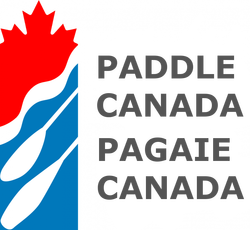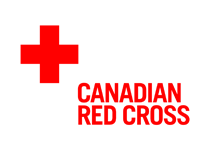Like a cat with nine lives, Gabriel's mountaineering career has been all about cheating death over and over. Each chapter recounts these stories but gives each story the full perspective not often included in mountaineering literature. Quebec-based Gabriel Filippi weaves the psychological impacts of leaving family, facing fear, and dealing with the aftermath of surviving tragedy that others didn't along with the mountaineering stories themselves. His openess and almost unbelievable stories is what made this among my favourite mountaineering books of all time.
2. Where the Mountain Casts Its Shadow: The Darkside of Extreme Adventure by Maria Coffey
Ever wonder what toll mountain adventure takes on spouses, siblings, parents and children? This book, written by Maria Coffey, spouse of mountaineer Joe Tasker, interviews many great climbers on what compels them to climb. It also investigates the impact of the families involved when mountaineers do not return home. I read this book over a decade ago and it still lingers with me as a fantastic read due to it's interesting perspective on mountain adventure.
3. The Calling: A Life Rocked by Mountains by Barry Blanchard
Canadian alpinist Barry Blanchard's book 'The Calling' describes a lifetime journey of alpine ascents mainly based out of the Canadian Rockies. I enjoyed this book for it's down to earth style writing, detailed accounts, and how it concluded with the greatest lesson of all learnt from the mountains.
4. Mountain Rescue Doctor by Christopher Van Tilburg
An ER physician in the Mount Hood area, Dr Van Tillburg is part of a mountain rescue team called the Hood River Crag Rats. If you've ever wondered how rescue teams work and what sort of situations they encounter, this is an interesting collection of stories that is well-written and educational. What impacted me about this book is the countless hours of mainly volunteers who help rescue mountain adventurers at the drop of a hat.
5. Touching the Void by Joe Simpson
Joe Simpson is a British mountaineer that attempted the West Face of Siula Grande, Peru, in 1985. This near fatal story of him and his climbing partner Simon Yates sparked not only a documentary style video but huge controversy in the climbing community. If you enjoy this book, Joe has authored a few other books that are all good reads.
6. Annapurna by Maurice Herzog
A classic must-read novel in mountaineering literature. Set back in 1950 Maurice and his team attempt a first ascent of Annapurna, now known as one of the most difficult of 8000+m peaks. The story has inspired generations of climbers and so it should- these pioneers made the impossible possible. A great read.
7. Mountains in My Heart: A Passion for Climbing by Gerlinde Kaltenbrunner
Gerlinde is an Austrian mountaineer and the first woman on earth to climb all 14 of the world's 8000m peaks without the use of supplementary oxygen. Small in stature but possessing enormous drive, Gerlinde recounts the numerous attempts and summit successes she encountered in her journey to complete her goal.
8. Mountaineering, Freedom of the Hills by The Mountaineers
If you are a climber or aspiring climber, this instructional book has been the bible of mountaineering instruction for decades. It has been updated over the years with new additions as new technology, techniques, and equipment have emerged. A fantastic textbook resource for all.
9. Freedom Climbers by Bernadette McDonald
I always thought the Eastern European mountaineering community was tough, but it was confirmed when I read this book. Focused on Polish mountaineers who attempted many ascents during the Second World War, these guys were no stranger to sufferfests. I am a sucker for sufferfest books, and this one is a great one and gives some well-deserved attention to some under recognized mountaineering superstars.
10. Nanda Devi: The Tragic Expedition by John Roskelley
The 1976 Nanda Devi climbing expedition was lead by Willi Unsoeld, a legendary American mountaineer known for his successful first ascent of the West Ridge of Everest expedition in 1963. The story is about his daughter Nanda Unsoeld, named after the Nanda Devi the mountain, and their expedition to climb her namesake mountain. Told by John Roskelley, this critical account of mistakes and risk on this Indian mountain is a good one that shows how some expeditions can be disfunctional and result in tragedy.
Interested in more Mount Everest specific recommendations? Check out my list of of Top 10 Favourite Everest Books.
Have any books you'd recommend? I'd love to hear from you!
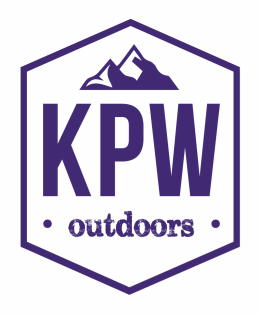
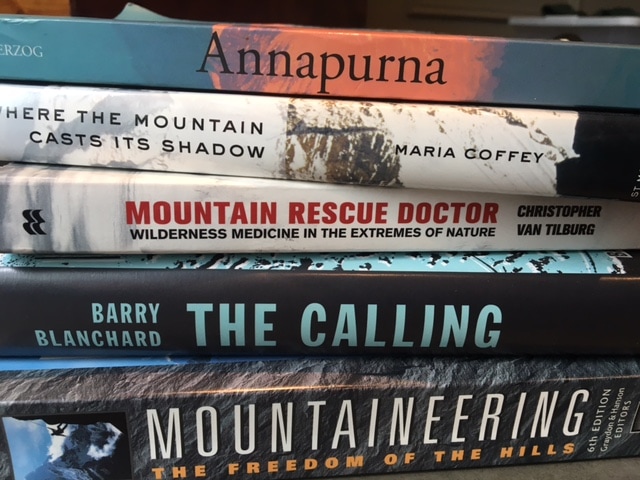
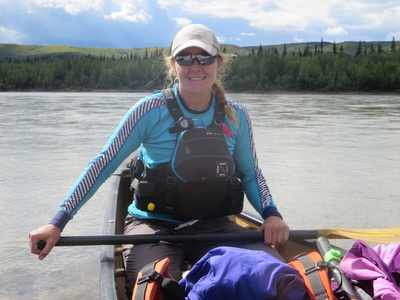
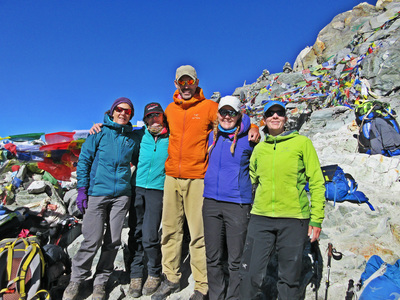
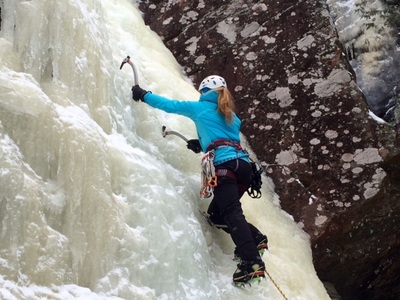
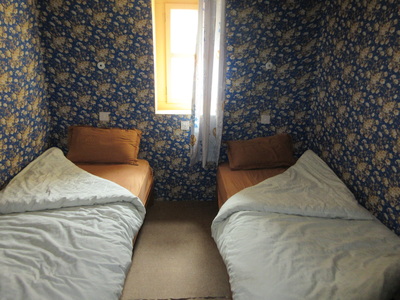
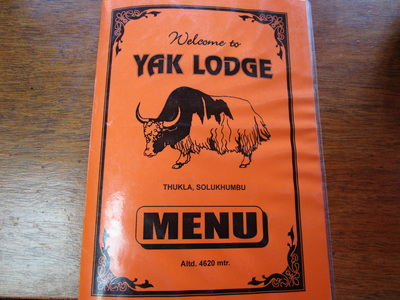
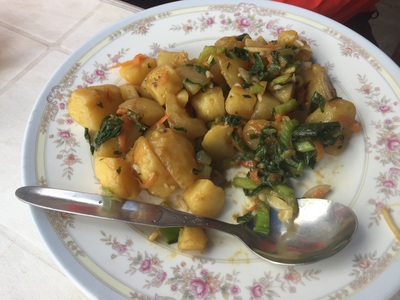
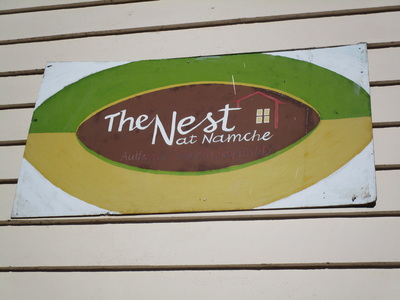
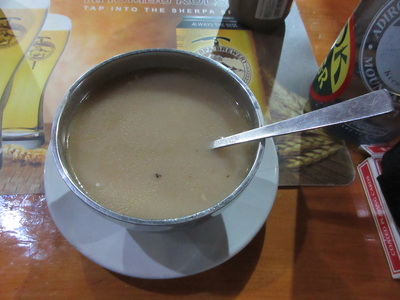

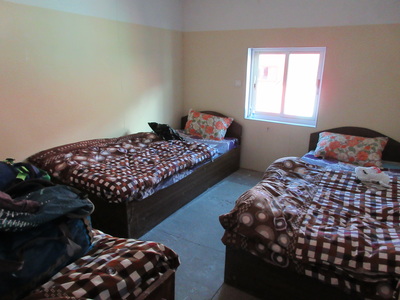
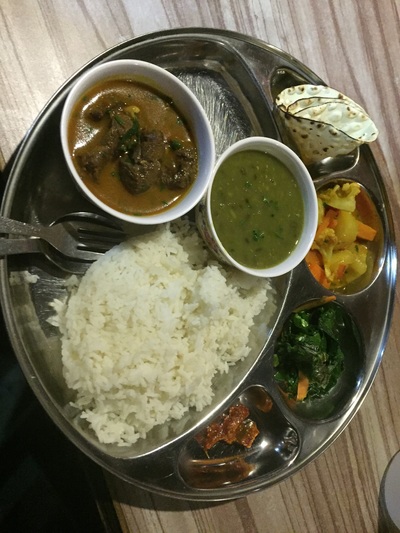
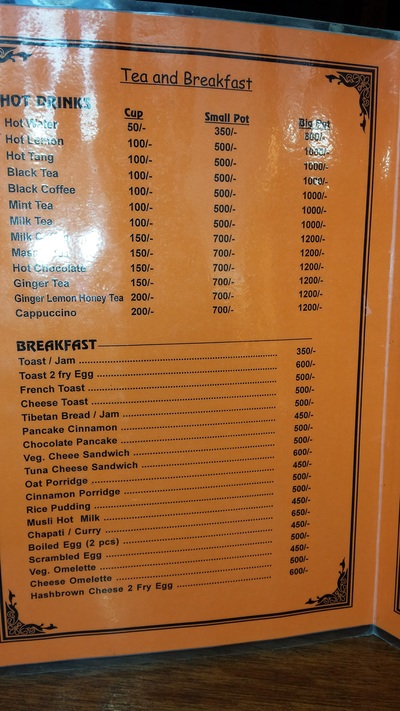
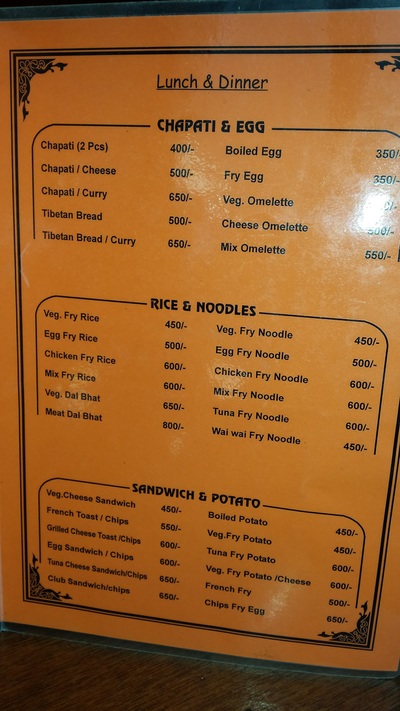
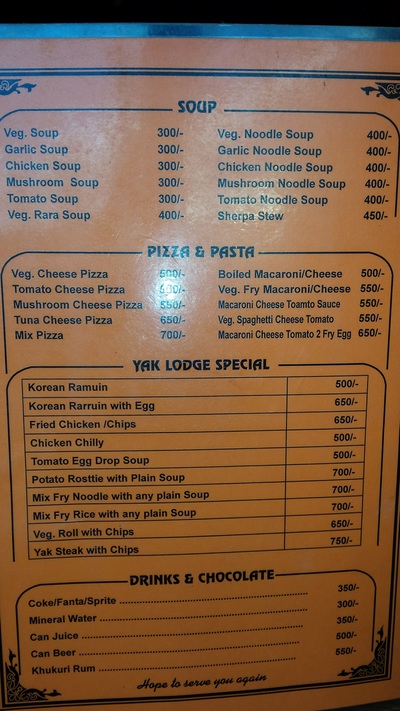
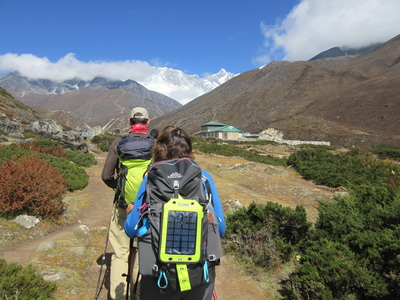
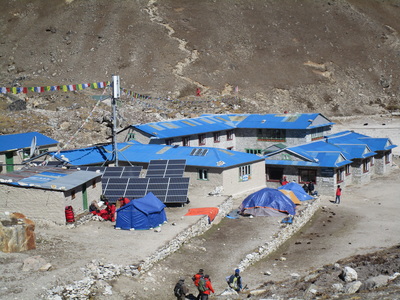

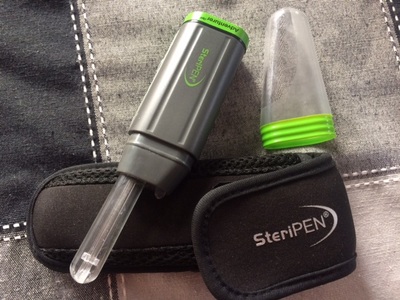
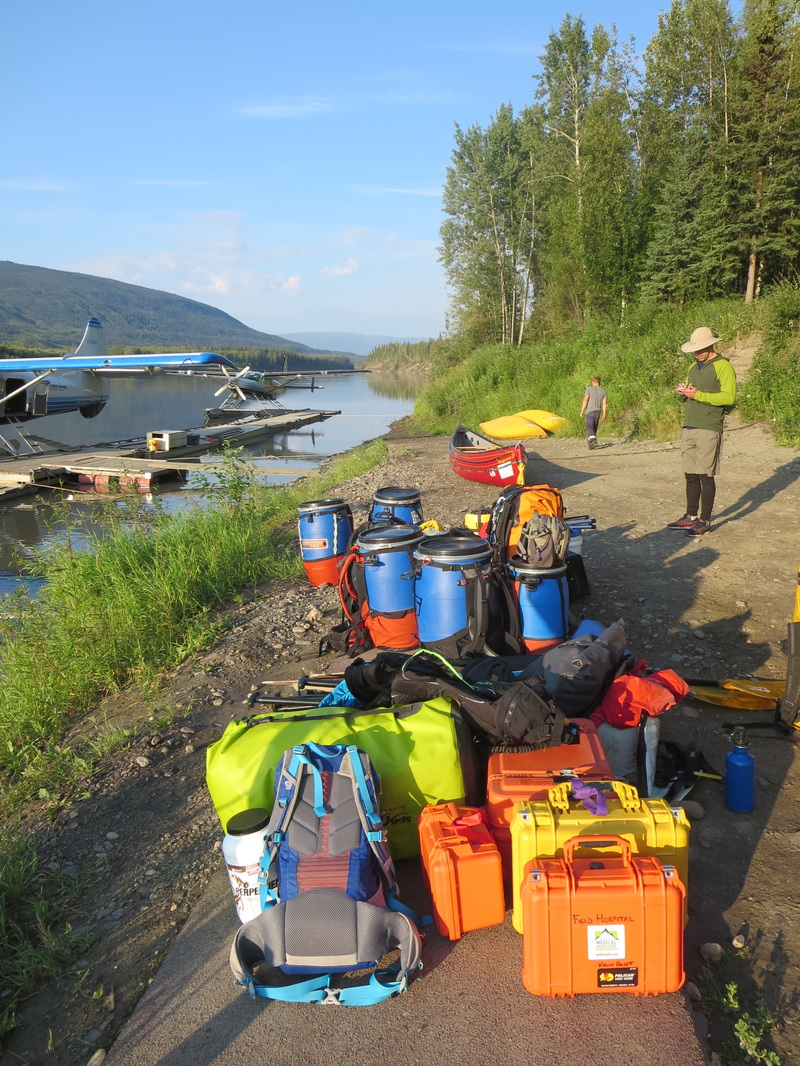
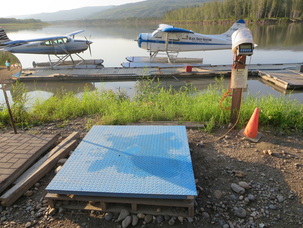
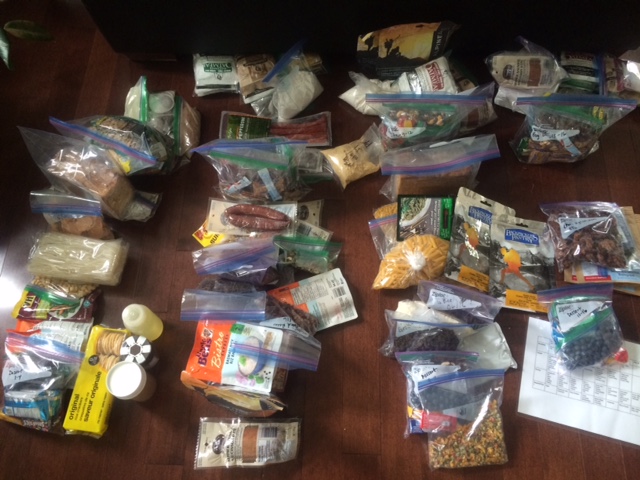
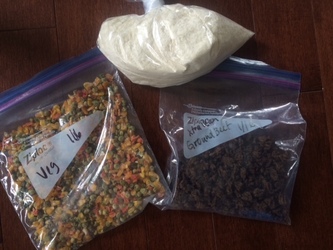
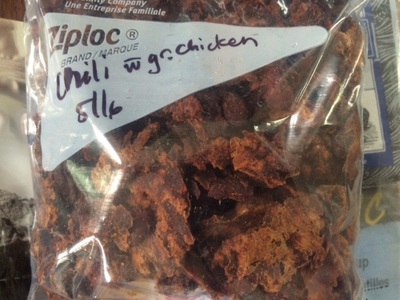
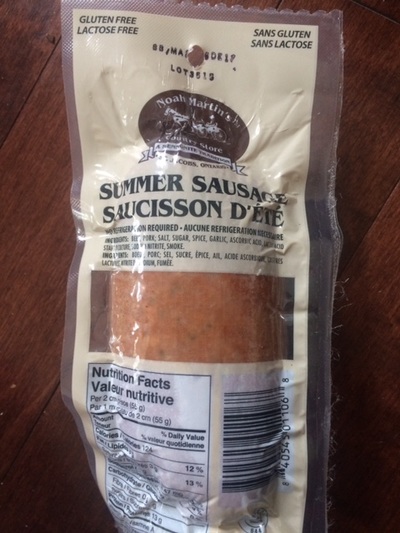
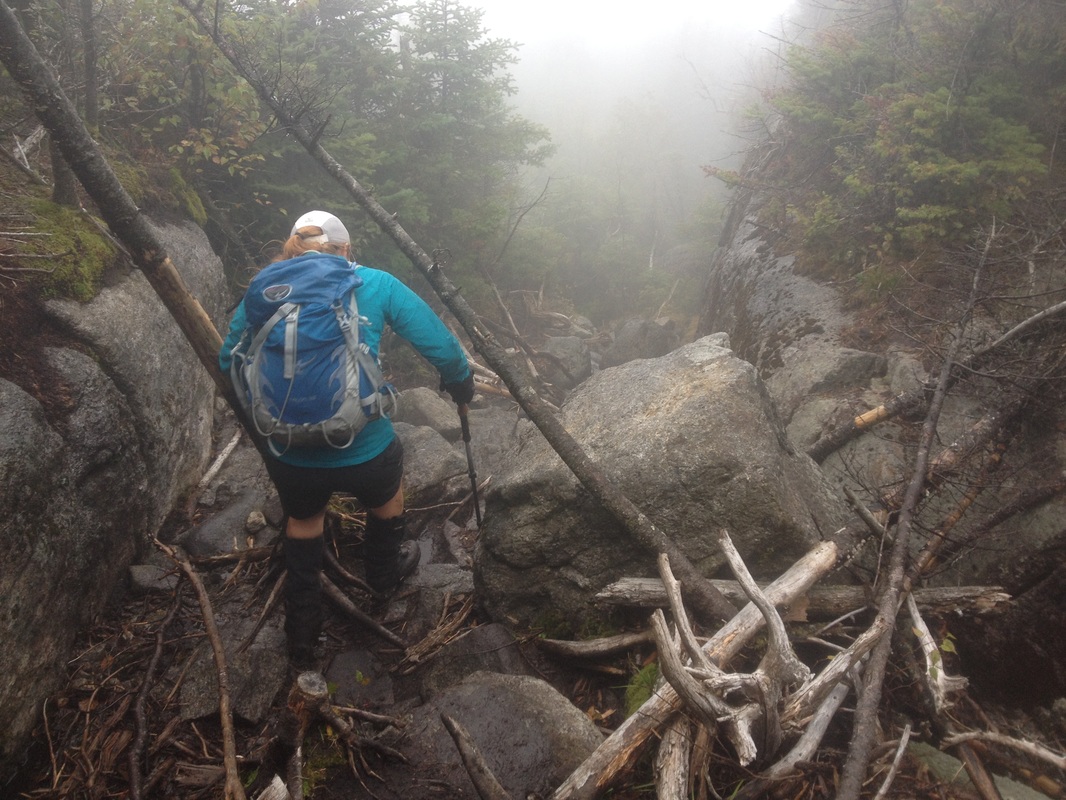
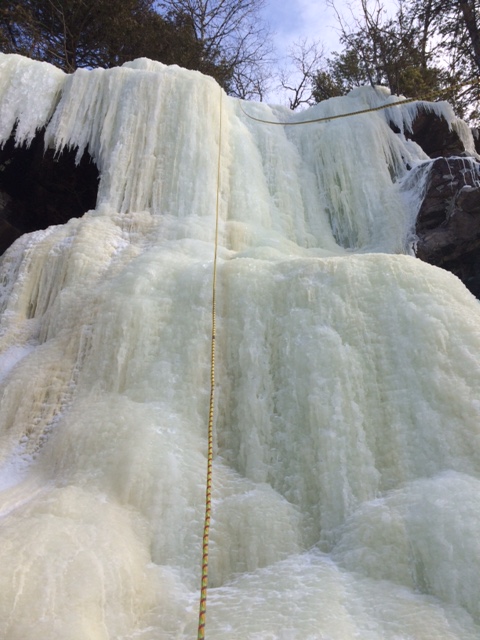
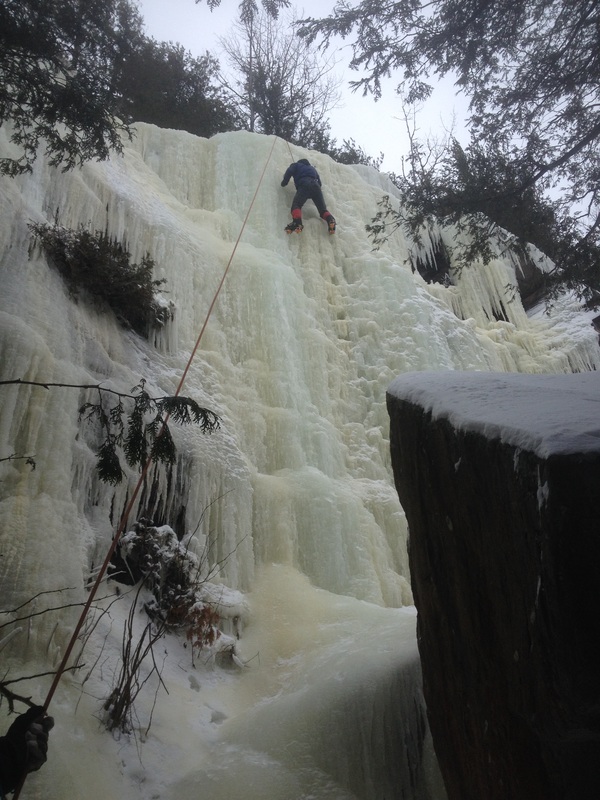
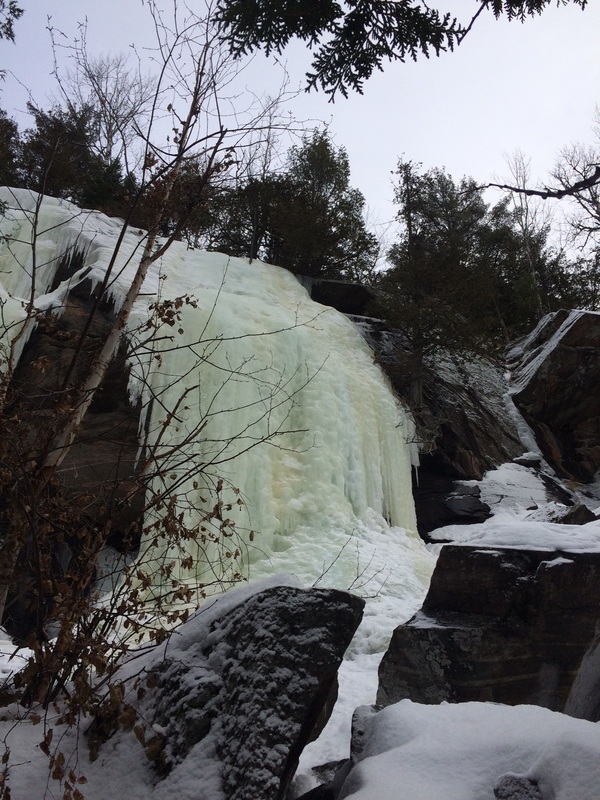
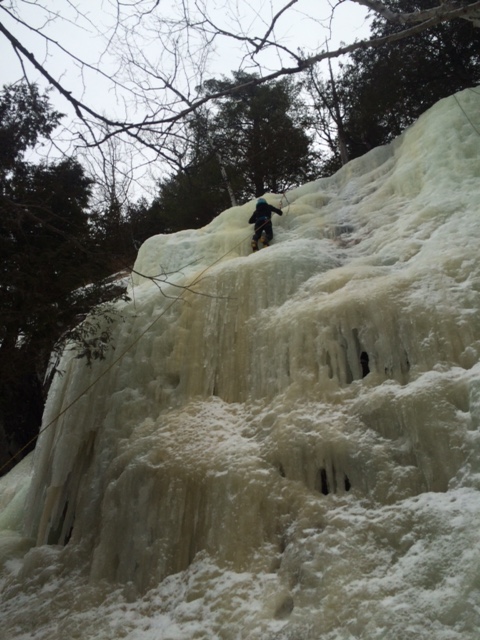
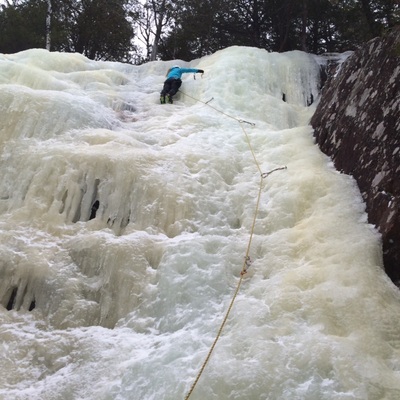
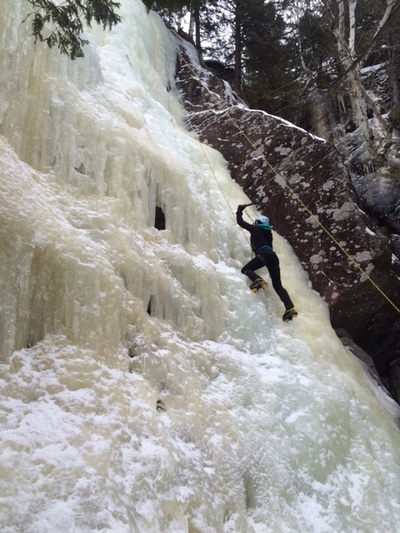
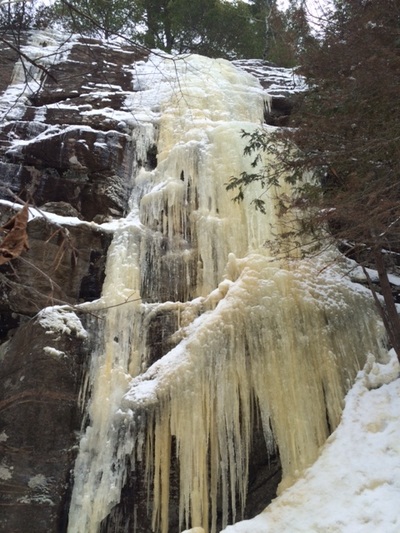
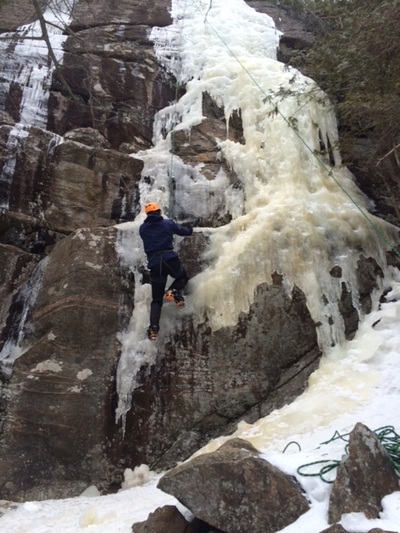
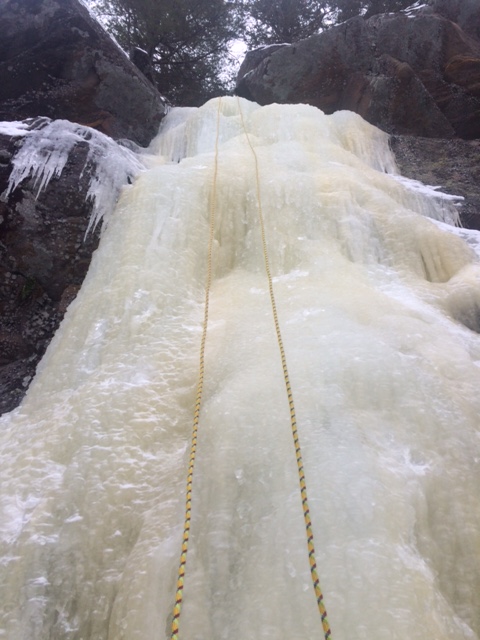
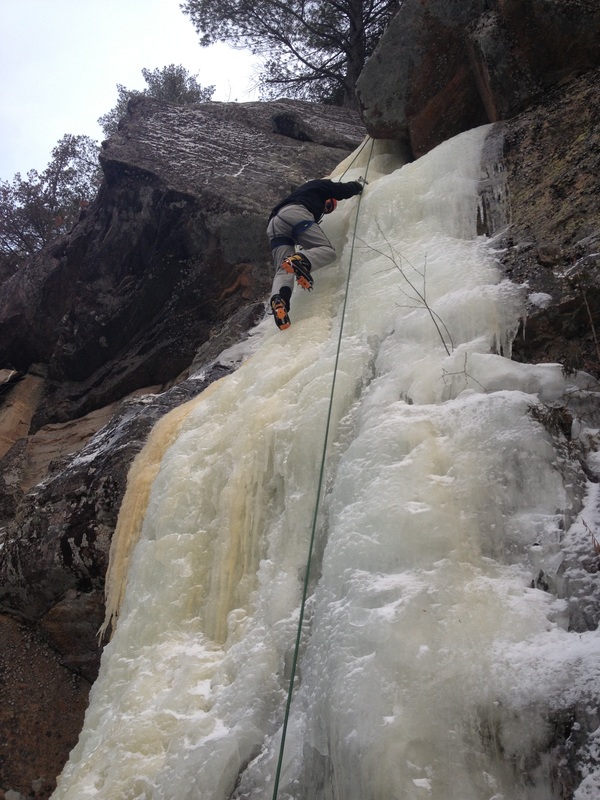

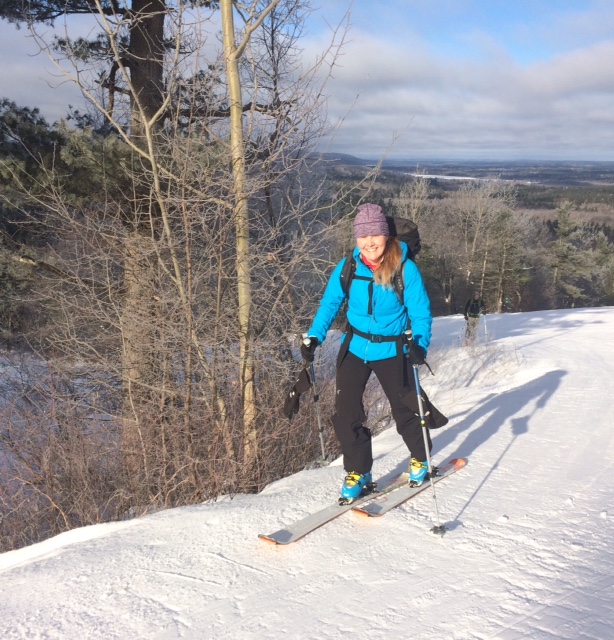
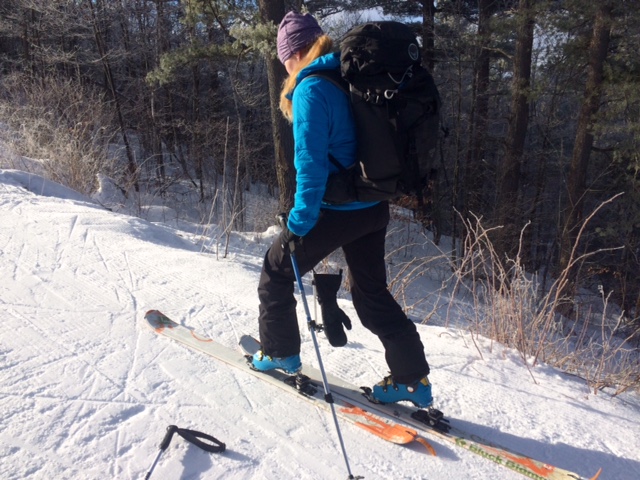
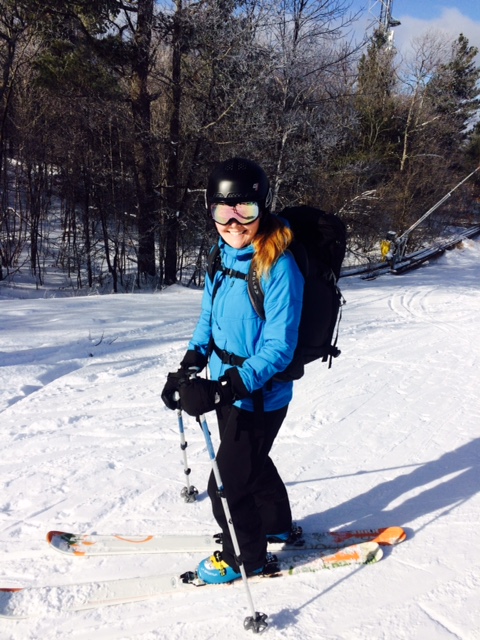
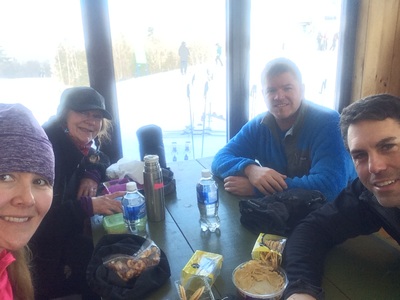
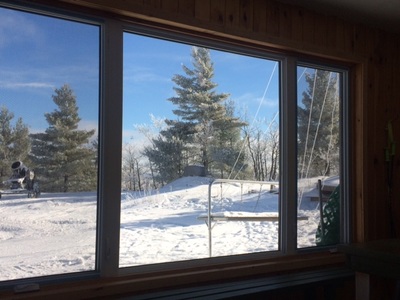
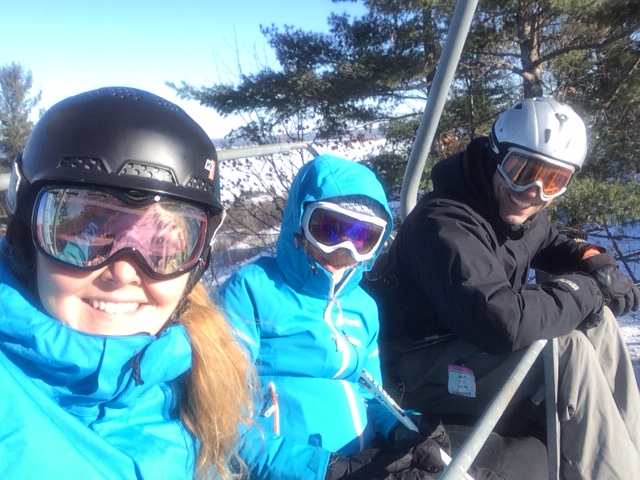
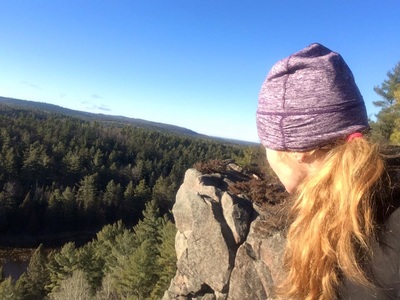
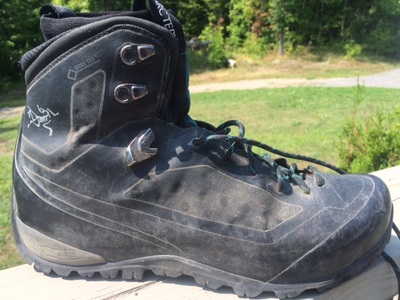
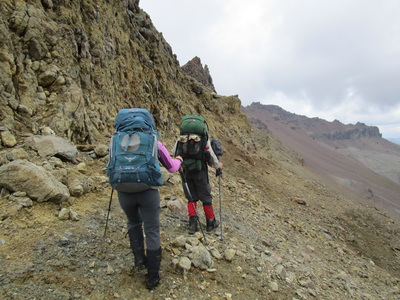

 RSS Feed
RSS Feed

